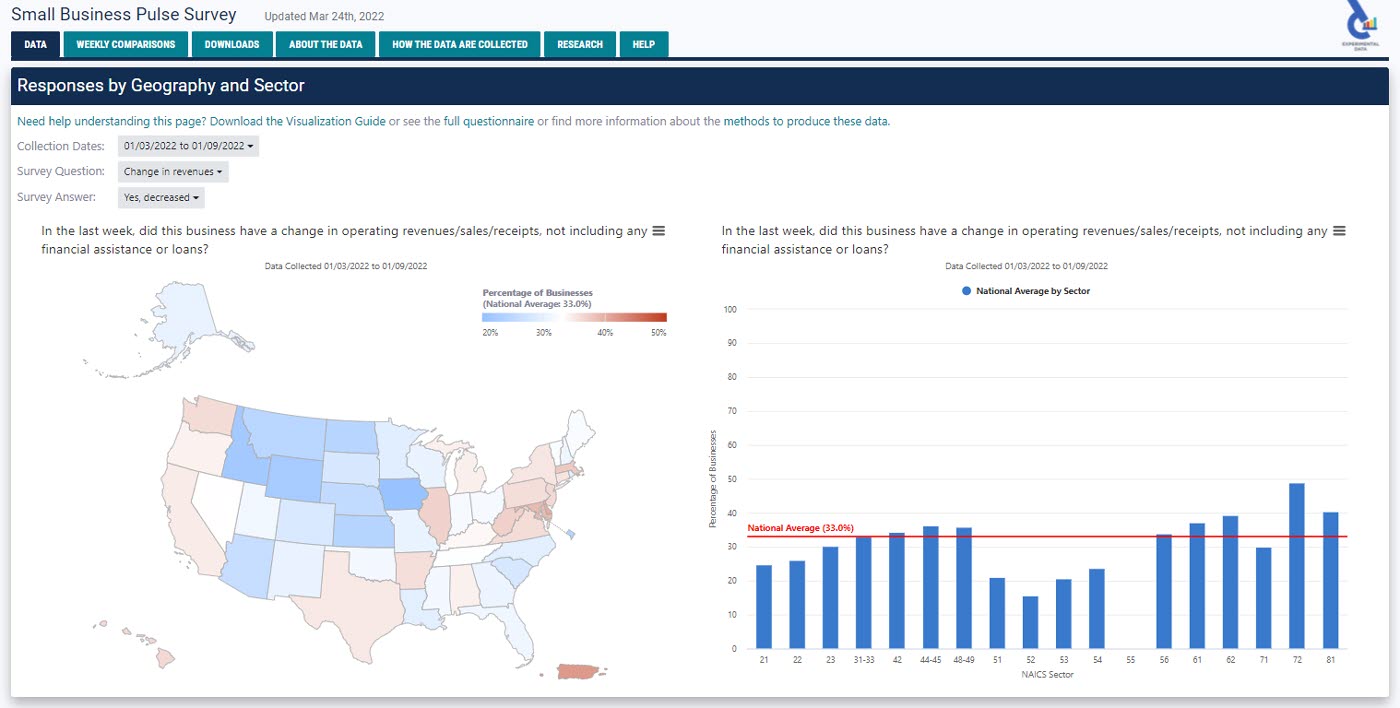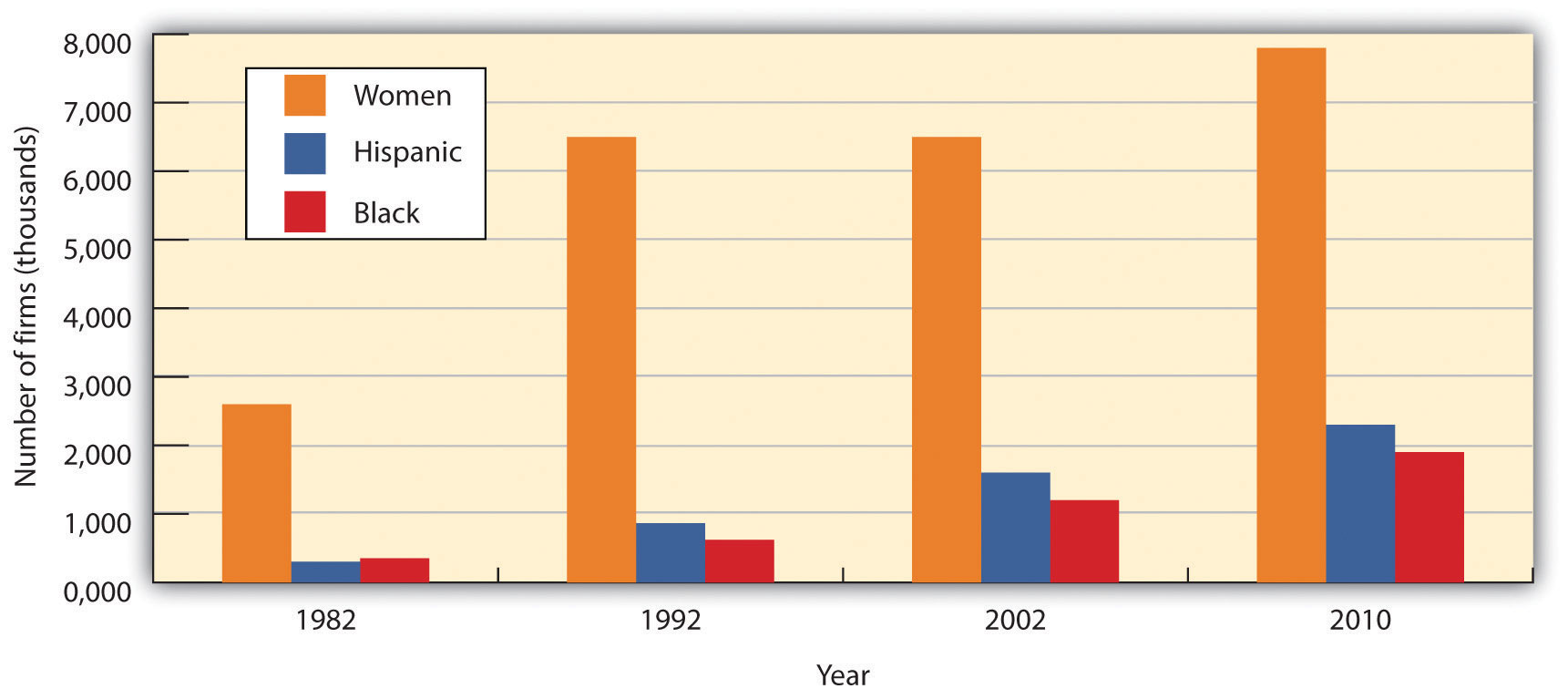Business inventory mom us census, a crucial aspect of the US economy, provides valuable insights into the nation’s economic health. This data empowers businesses, policymakers, and researchers with critical information to make informed decisions and drive economic growth.
The US Census Bureau meticulously measures and classifies business inventory, categorizing it into various types, including raw materials, work-in-progress goods, and finished products. These comprehensive statistics shed light on inventory trends, influencing factors, and the impact on businesses and the economy as a whole.
Business Inventory in the United States

Business inventory plays a crucial role in the US economy, providing a buffer between production and consumption. It represents the value of goods held by businesses for sale to customers.
As of 2023, the total value of business inventory in the US stands at approximately $2.3 trillion. This inventory is primarily composed of raw materials, work-in-progress goods, and finished goods. The composition of inventory varies across industries, with manufacturers typically holding higher levels of raw materials and work-in-progress goods, while retailers hold more finished goods.
Factors Influencing Business Inventory, Business inventory mom us census
The level of business inventory is influenced by several factors, including:
- Economic conditions:During economic downturns, businesses tend to reduce inventory levels to conserve cash. Conversely, during periods of economic growth, businesses may increase inventory levels to meet rising demand.
- Consumer demand:Changes in consumer demand can significantly impact inventory levels. If demand is higher than expected, businesses may need to increase inventory to avoid stockouts. Conversely, if demand is lower than expected, businesses may need to reduce inventory to avoid excess stock.
- Supply chain disruptions:Disruptions in the supply chain, such as natural disasters or labor strikes, can disrupt the flow of goods and lead to inventory shortages or surpluses.
- Technological advancements:Advances in technology, such as improved inventory management systems, can help businesses optimize inventory levels and reduce waste.
Measurement and Classification of Business Inventory
The US Census Bureau utilizes several methods to measure business inventory, including surveys, sampling, and administrative data. These methods provide insights into the types and quantities of goods held by businesses at specific points in time.
Categories of Business Inventory
Business inventory is categorized based on its intended use and characteristics. The primary categories include:
- Raw Materials:Unprocessed materials used in the production of goods, such as cotton in a textile mill.
- Work-in-Progress (WIP):Partially completed goods that are undergoing processing, such as a car on an assembly line.
- Finished Goods:Completed products ready for sale to customers, such as electronics in a retail store.
- Merchandise:Goods purchased for resale without further processing, such as clothing in a department store.
Examples of Inventory Categories
Various businesses fall into specific inventory categories. For instance, a lumber mill holds raw materials (logs), a construction site stores work-in-progress (partially built houses), a car dealership stocks finished goods (vehicles), and a bookstore maintains merchandise (books).
Data Sources and Availability
The primary data source for business inventory statistics in the US is the US Census Bureau’s Monthly Retail Trade Survey (MRTS). The MRTS collects data from a sample of retail businesses on their sales, inventories, and other business indicators. The data is used to estimate total retail sales and inventories for the US.
The MRTS is conducted monthly, and the data is released about 15 days after the end of the month. The data is available in a variety of formats, including tables, charts, and spreadsheets. It can be accessed on the US Census Bureau’s website.
Other Data Sources
In addition to the MRTS, there are a number of other data sources that can be used to track business inventories. These include:
- The US Bureau of Economic Analysis (BEA) publishes data on business inventories in its National Income and Product Accounts (NIPA). The NIPA data is more comprehensive than the MRTS data, but it is also less timely.
- The Federal Reserve Board publishes data on business inventories in its Flow of Funds Accounts. The Flow of Funds Accounts data is more detailed than the MRTS data, but it is also less timely.
- Private companies also collect data on business inventories. These companies typically sell their data to businesses and other organizations.
Applications and Uses of Business Inventory Data: Business Inventory Mom Us Census

Business inventory data plays a vital role in various decision-making processes and serves multiple purposes for businesses, policymakers, and researchers. These include inventory management, economic analysis, and forecasting.
Inventory Management
For businesses, inventory data is essential for optimizing inventory levels, reducing costs, and improving customer service. By tracking inventory levels, businesses can:
- Avoid overstocking, which ties up capital and increases storage costs.
- Prevent stockouts, which can lead to lost sales and customer dissatisfaction.
- Plan for seasonal fluctuations in demand.
- Identify slow-moving items and consider discontinuing them.
Economic Analysis
Policymakers and researchers use business inventory data to analyze economic trends and make informed decisions. For example, inventory data can be used to:
- Measure changes in economic activity.
- Estimate the value of unsold goods.
- Forecast future economic growth.
li>Monitor the performance of specific industries.
Challenges and Limitations
While business inventory data is valuable, it also has some limitations and challenges:
- Inaccuracy:Inventory data can be inaccurate due to errors in counting, recording, or reporting.
- Timeliness:Inventory data is often not available in real-time, which can make it difficult to make timely decisions.
- Comparability:Inventory data can vary across businesses and industries, making it difficult to compare.
Case Studies

Businesses that have successfully managed their inventory provide valuable insights into strategies and practices that optimize inventory levels and improve efficiency. Analyzing these case studies helps identify commonalities and lessons that can be applied to enhance inventory management practices.
Zara: Efficient Inventory Management
- Zara’s success stems from its agile supply chain, allowing for rapid response to changing market demands.
- The company utilizes a “pull” system, producing only what is ordered, reducing inventory waste.
- Zara’s in-house design and manufacturing capabilities enable quick production and delivery times.
Amazon: Scalable Inventory Management
- Amazon’s vast network of fulfillment centers and advanced inventory management systems support its extensive product offerings.
- The company leverages predictive analytics and machine learning to optimize inventory levels based on demand forecasts.
- Amazon’s focus on customer satisfaction drives efficient inventory management, ensuring products are available when needed.
Lessons Learned
- Effective inventory management requires a responsive supply chain and efficient production processes.
- Data-driven decision-making, enabled by analytics and technology, is crucial for optimizing inventory levels.
- Customer-centric approaches ensure that inventory aligns with market demand, reducing waste and improving profitability.
Closing Summary

Understanding business inventory mom us census empowers businesses to optimize inventory levels, reduce costs, and enhance efficiency. It also provides valuable insights for policymakers to craft effective economic policies and for researchers to analyze economic trends. By leveraging this data, stakeholders can make informed decisions that drive economic prosperity and create a thriving business landscape in the United States.
FAQs
What is the significance of business inventory data?
Business inventory data offers valuable insights into the health of the US economy, aiding businesses, policymakers, and researchers in making informed decisions.
How does the US Census Bureau measure business inventory?
The US Census Bureau employs various methods to measure business inventory, including surveys, sampling, and administrative records.
What are the different categories of business inventory?
Business inventory is classified into various categories, including raw materials, work-in-progress goods, and finished products.